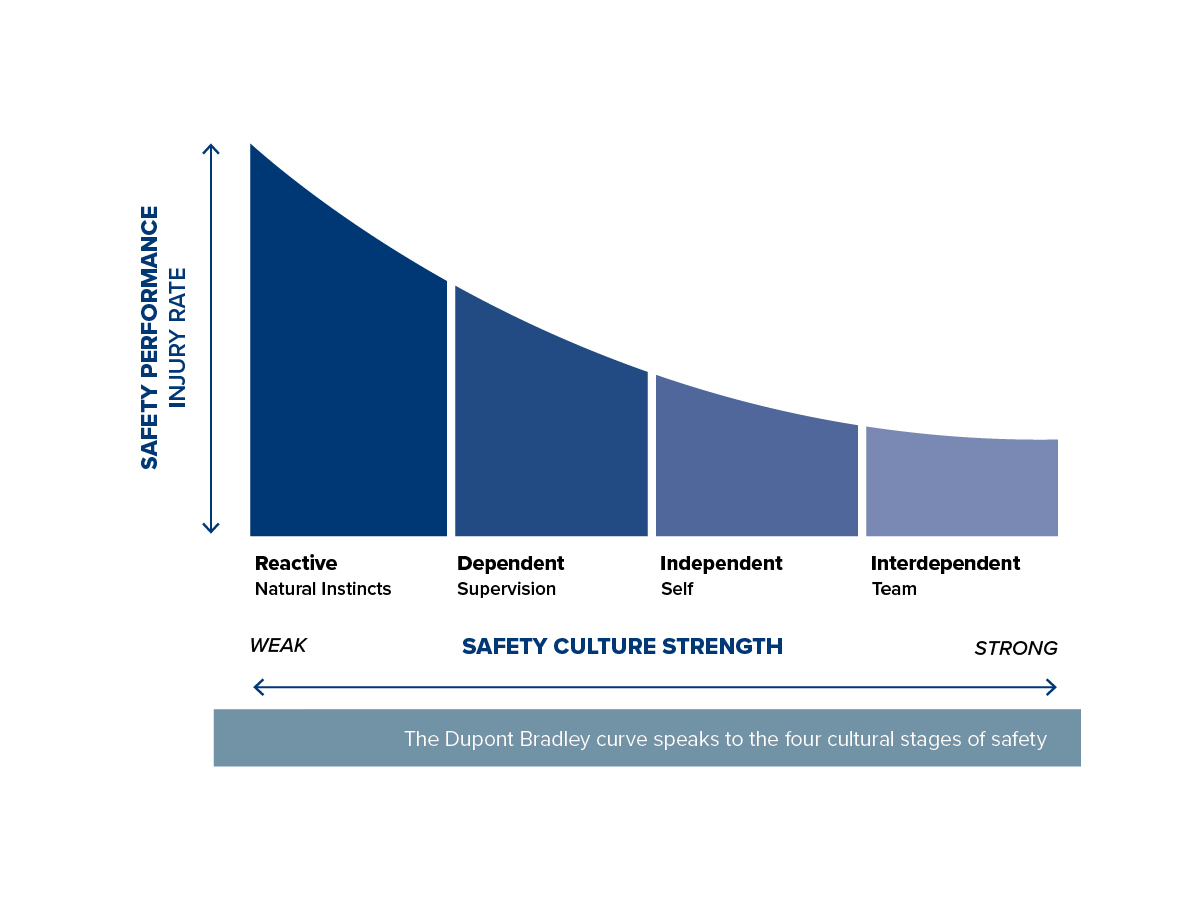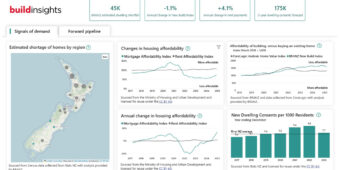Perception and prevention go hand in hand
22 Mar 2024, Community & Sponsorship, News

Can injuries be prevented? Is safety a priority or a value? It’s by asking questions like these that PlaceMakers went from having life-changing injuries every six to eight weeks to five years with none
Changing the company’s approach to health and safety didn’t happen overnight, says Fletcher Distribution’s Head of Environment, Health and Safety Anthony Mitchell: “It was a pretty incredible journey”.
It was only five years ago that, despite an industry shift towards the importance of health and safety, people were still being injured on PlaceMakers sites.
“We would have a serious injury – which normally means life-changing – every six to eight weeks and 80 to 90 recordable/lost time injuries per year. That’s seven to eight times per month that employees would be injured badly enough to need some level of medical attention and time off work. It definitely wasn’t okay, but it didn’t seem out of the ordinary at that point.”
That changed when, around that time, there were five fatalities in three months – not within PlaceMakers, but within the wider Fletcher organisation.
“That meant five people didn’t get to go home to their families at the end of a day’s work, and it really made us stop and think. We realised that ‘we don’t know what we don’t know’, because we thought we were making okay progress, but then this happened.”
Uncovering unfortunate, but important, info
Looking to find out where the company had gone wrong, Fletcher partnered with an external company to carry out an assessment that helped determine people’s perception of safety in the business.
“The results were overwhelmingly consistent, and disturbing. The perception across all 38 Fletcher companies was about the same – that safety was a tick box exercise designed to cover people’s asses if and when things went wrong, and that it was more about the paperwork than the people.”
Anthony says presenting this information to the business leaders, including himself, was a bitter pill to swallow, but it was what they needed to hear.
“We realised that what underpinned this perception was that very few people actually believed injuries could be prevented – even subconsciously – and that it was up to people to protect themselves,” says Anthony.
Values vs priorities
The first thing we did to tip this perception on its head was to stop talking about safety as a priority and start talking about it as a core value.
“On any given day, your priorities change or shift depending on what’s going on, so by saying safety is a priority, you are saying to people that you can pick and choose when safety can be a priority.
“Values, on the other hand, guide decision-making every day.
“It doesn’t sound that different until you think about it practically,” explains Anthony, using a relatable analogy.
“Priorities get moved up and down. If you think about preparing to leave the house, things like showering, shaving – even something like brushing your teeth – might go out the window if you’re running really late.
“But there aren’t many people in the world who leave the house without getting dressed, because being clothed is a core value and, as a result, a non-negotiable.
“If you categorise safety as a priority, you are always going to get caught short eventually.”
Injury prevention possible
“Next, we wanted to make sure our leadership team was comfortable leading safety,” explains Anthony, “and show them that injuries actually could be prevented.”
The team attended a two-day safety leadership programme with the idea that, when leadership is convinced there’s a safer way to do things, they look for opportunities.
“The programme was incredibly effective and helpful,” says Anthony. “We went from about 24% of our leaders believing injuries could be prevented to over 90%.”
That was followed up with a programme called Power Up for frontline staff, which also focused on the belief that injuries can be prevented, and how everyone could contribute to keeping each other safe.
Anthony says once people bought into those ideas, and saw safety as a value, the next part of the puzzle fell into place.
“As outlined in the Dupont Bradley curve, which speaks to the four cultural stages of safety, people need to cross the bridge from ‘reactive and dependant safety’ to ‘independent and interdependent safety’.
“It changes the reason people follow the rules from doing it because they need or have to, to doing it because they want to.”
Learning from incidents to prevent injuries
The next step was how to advocate for zero harm.
“While, of course, it’s the ultimate goal that we all hope to achieve, it can push reporting underground, which is the opposite of what we want. The only way to prevent injuries is to know about them.”
With that in mind, Anthony worked with leaders on how they respond to news of an injury.
“We all need to look at reporting in a positive light – whether it’s an injury or a near-miss – so we can learn from what has happened,” says Anthony. “An incidence may happen, but that doesn’t mean an injury has to.”
Rewards
For Anthony, the proof is in the pudding, and he is proud of what everyone in the company has achieved.
“Our business has been serious injury free for more than five years. We still have recordable injuries, but we are sub 25 injuries a year, and that is a significant difference. Fundamentally, we injure less people every year, and with every incident there is the opportunity to improve.”
Top tips
These injury stats aren’t limited to PlaceMakers staff – they encompass anyone doing business with PlaceMakers at the time of injury, including customers. For this reason, we’ve put together some top safety tips for our customers when you’re in store and having supplies delivered.
For site deliveries:
→ Make sure you’re ready to receive a delivery.
→ We can’t unload within 4m of a powerline without a permit, so select your placement accordingly.
→ Get involved in the planning around lifting the materials from the truck, so that everyone is on the same page re. the loading/unloading process.
In branches
→ Take your time to look around and see what’s going on.
→ Keep out of exclusion zones – 3m around operating mobile plant + 8m around plant that has its forklift above 2m.
→ Follow staff instructions – they are there to help, and also to keep you and themselves safe.
Register to earn LBP Points Sign in



